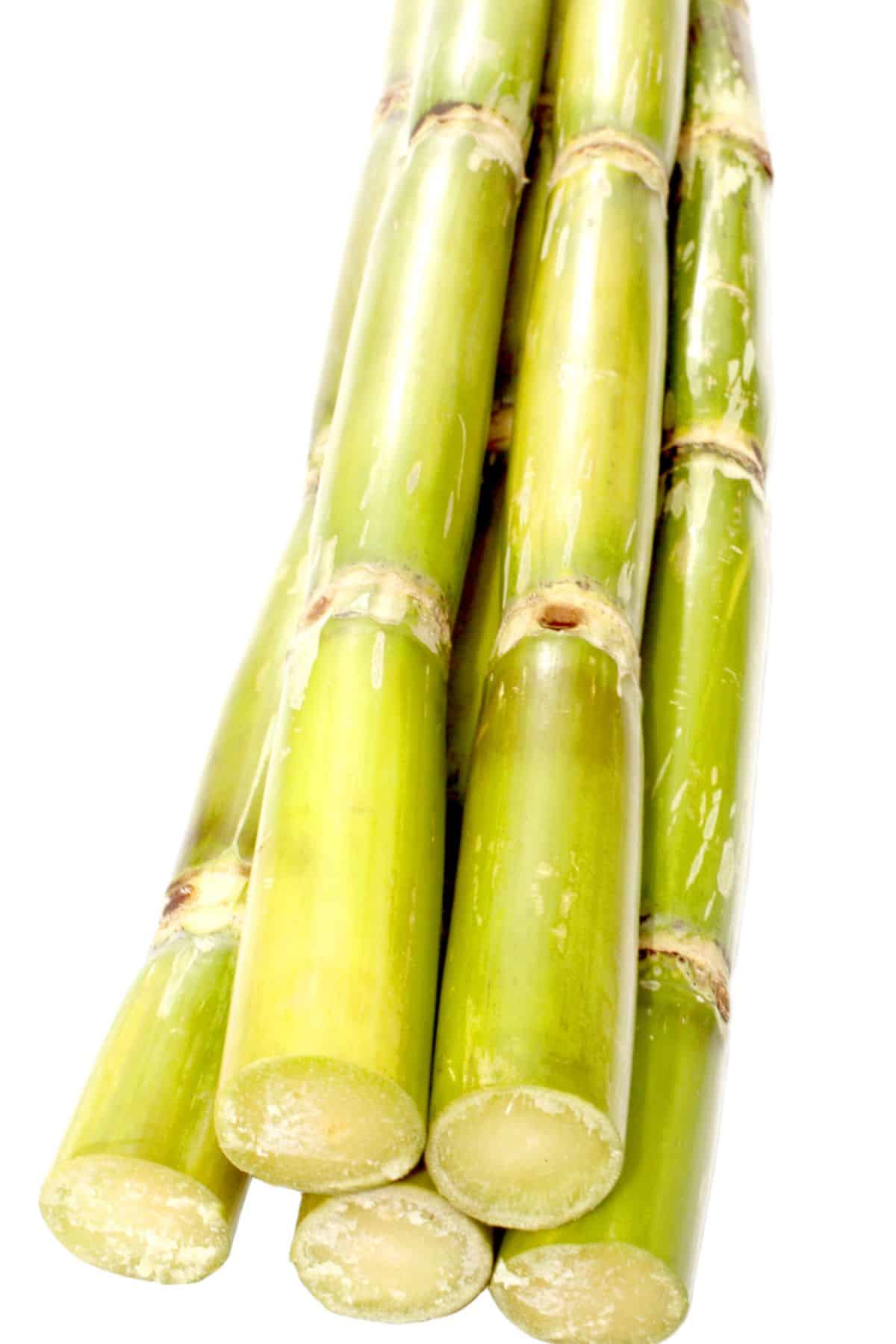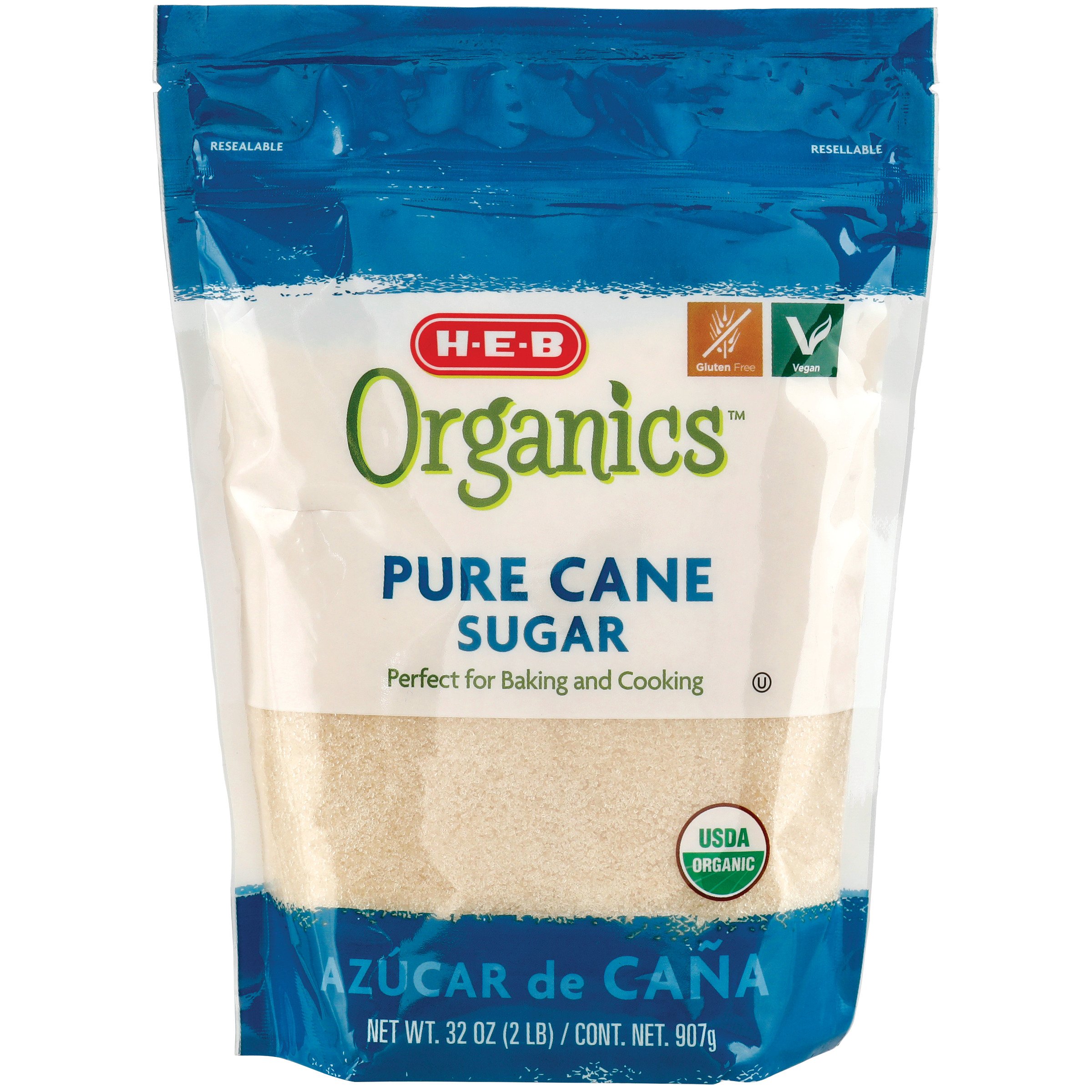Advanced Cane Sugar Processing: Enhancing Effectiveness and Sustainability
Advanced Cane Sugar Processing: Enhancing Effectiveness and Sustainability
Blog Article
Exploring the Comprehensive Tips Associated With Cane Sugar Processing From Collecting to Refinement
The process of walking stick sugar manufacturing encompasses a series of complex steps, beginning with the mindful harvesting of sugarcane and finishing in the refinement stages that make sure the last item fulfills industry requirements. Each stage, from the extraction of juice to the filtration and formation processes, plays an essential role in establishing the quality and character of the sugar.
Gathering Sugarcane
Collecting sugarcane is a critical action in the cane sugar handling chain, as it straight influences the quality and yield of the end product. Correct timing and techniques are vital during this phase to ensure optimal sugar web content and reduce losses. Usually, sugarcane is collected when it gets to maturity, generally 12 to 18 months after growing, defined by a high sucrose concentration.

Post-harvest, the sugarcane needs to be processed swiftly to avoid sucrose degradation. Ideally, collected walking cane must be moved to refining centers within 24 hr to protect sugar high quality. As a result, reliable logistical preparation is critical to keep the stability of the collected plant throughout the supply chain.
Extraction Process

The smashed walking stick goes through a series of pressing procedures to maximize juice recovery. Usually, warm water is sprayed onto the smashed walking stick, creating a countercurrent circulation that aids dissolve the sugar while likewise helping in the removal procedure. The juice collected from this operation contains not just sugar but likewise different natural substances and pollutants.

To boost extraction effectiveness, some facilities might employ diffusion techniques, where the sugarcane is taken in warm water, enabling the soluble sugars to diffuse into the fluid. The resulting juice, rich in sucrose, is then guided to succeeding processing phases, laying the structure for filtration and improvement. The extraction process is therefore critical in establishing the quality and return of the final sugar item.
Filtration Methods
The filtration strategies utilized in walking stick sugar processing are necessary for changing the raw juice into a premium sugar product. These methods mainly aim to remove impurities, such as soil, plant products, and not natural materials, which can detrimentally impact the final product's taste and color.
One of the most usual filtration techniques is clarification. This procedure includes adding lime and heat to the raw juice, which facilitates the coagulation of contaminations. The resulting precipitate is then gotten rid of with sedimentation or filtering, yielding a more clear juice. Furthermore, using phosphoric acid can improve the clarification procedure by additional binding impurities.
One more substantial method is carbonatation, where co2 is introduced to the made clear juice. This reaction generates calcium carbonate, which catches continuing to be pollutants and promotes their elimination.
Moreover, triggered carbon therapy may be used to adsorb any type of remaining colorants and organic contaminations, making sure a more refined product. The mix of these techniques properly prepares the sugar juice for subsequent action in the refining procedure, setting the phase for the production of high-quality cane sugar.
Formation Techniques
After the purification phase, the following critical step in cane sugar handling involves crystallization approaches, which play a pivotal Going Here function in changing the cleared up juice into strong sugar. This procedure generally utilizes 2 primary methods: spontaneous condensation and regulated formation.
In spontaneous crystallization, supersaturated sugar options are permitted to cool down normally, leading to the formation of sugar crystals in time. This technique is less complex yet may cause irregular crystal dimensions and lower purity levels. On the other hand, regulated formation is a more precise method where concentration, temperature, and seeding representatives are diligently taken care of. This approach allows for the consistent development of sugar crystals and greater purity.
During condensation, the cleared up juice is concentrated through dissipation, raising its sugar material up until it reaches supersaturation. Once this factor is attained, either technique can help with the formation process. Cane Sugar Processing. The resultant sugar crystals are after that divided from the staying syrup with centrifugation
Inevitably, the option of formation approach affects the quality, dimension, and purity of the final sugar item, making this action crucial in the general cane sugar handling treatment.
Refinement and Packaging
Just how can the purity and quality of walking cane sugar be additionally improved after crystallization? The improvement procedure plays an important role in attaining premium walking stick sugar. Adhering to condensation, sugar undergoes a comprehensive cleaning to remove contaminations and residual molasses. This is typically achieved using warm water or vapor, which assists liquify and draw out undesirable elements while maintaining the view publisher site sugar crystals.
Next, the sugar goes through a procedure called centrifugation, where it is rotated at broadband to divide the purified sugar crystals from the staying fluid. After centrifugation, the sugar is often additional fine-tuned via a method called carbonization or phosphatation, which utilizes turned on carbon or phosphoric acid to eliminate shade and off-flavors.
When improved, the sugar is dried out to achieve the preferred wetness material, ensuring that it stays secure throughout storage space and transportation. The final step includes product packaging the polished sugar in moisture-proof and airtight containers to maintain its quality and stop contamination. Cane Sugar Processing. Appropriate product packaging not only extends life span however likewise promotes very easy handling and distribution, guaranteeing that consumers get sugar that satisfies the greatest requirements of purity and top quality
Verdict
The comprehensive actions associated with cane sugar handling, from the thorough harvesting of sugarcane to the detailed improvement and product packaging phases, highlight the value of each phase in guaranteeing premium sugar manufacturing. Optimal harvesting techniques, effective extraction approaches, and rigorous purification procedures collectively contribute to the last product's purity and security. The formation and succeeding product packaging methods better boost the stability and life span of the sugar, highlighting the complexity and accuracy intrinsic in this essential farming sector.
The process of cane sugar manufacturing includes a series of detailed steps, beginning with the mindful harvesting of sugarcane and finishing in the refinement phases that guarantee the last item fulfills sector requirements. Preferably, gathered cane visit the site needs to be carried to processing centers within 24 hours to protect sugar quality.In spontaneous formation, supersaturated sugar services are allowed to cool down normally, leading to the development of sugar crystals over time - Cane Sugar Processing. The refinement procedure plays a vital duty in accomplishing premium walking cane sugar.The detailed actions included in walking cane sugar processing, from the meticulous harvesting of sugarcane to the detailed refinement and packaging phases, underscore the value of each phase in making certain top notch sugar production
Report this page